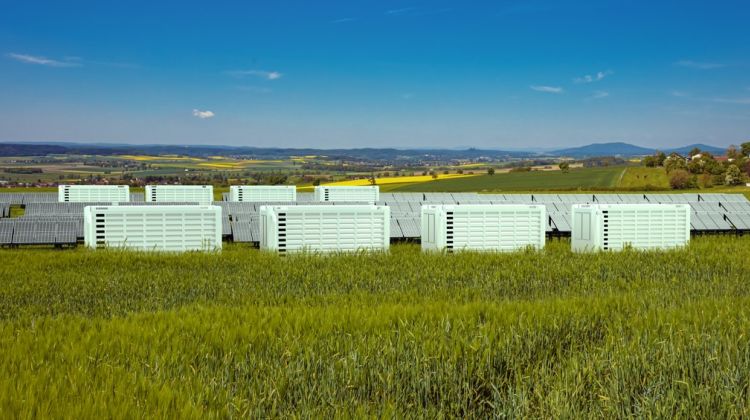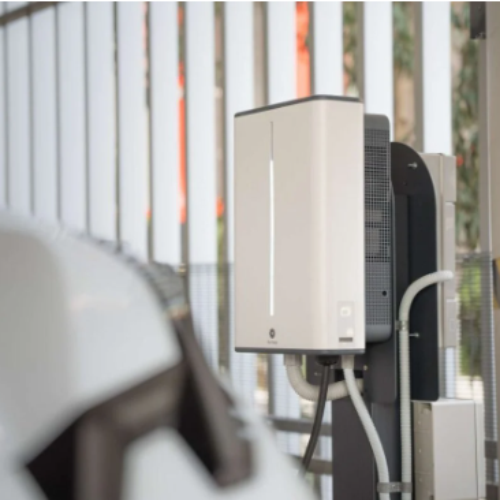Energy storage developer Field has signalled that wind curtailment costs could be slashed by up to 80% annually if sufficient battery energy storage is developed.
According to the company, firing up gas power plants in England and Wales and switching off wind farms in Scotland cost billpayers £920 million across 2023.
However, according to Field’s analysis, the cost of curtailment to billpayers could be trimmed by approximately 80% if existing technologies like battery storage are used more effectively on the current grid.
Increasing the number of intertrip services the National Energy System Operator can buy and using grid booster batteries would both help tackle the problem. The latter technology is already being deployed in continental Europe and Australia.
Field said that the B6 boundary, a pinch point between the Scottish and English borders, caused most curtailment costs across the year. The B6 boundary was explored in a previous blog post on Current±, in which Matthew Boulton, director of solar, storage, and private wire at EDF Renewables UK, similarly argued that battery storage could help mitigate curtailment costs.
Field’s analysis revealed that this single pinch point could cause up to £2.2 billion of curtailment costs by 2030 as the UK’s curtailment problem escalates. Much like Boulton, Field argues that battery storage could help mitigate this.
Field said that in 2023, almost three-quarters of the UK’s curtailment cost was due to paying gas power plants in England and Wales to generate power. This was necessitated by capacity constraints on the grid, which prevented the supply of cheaper and abundant wind power from Scotland to the south.
Moreover, wind farms in Scotland were curtailed 40% of the time. Additionally, the transmission capacity across key boundaries in the UK, including the B6 boundary, had a utilisation rate of less than 50%, thereby limiting the flow of electricity.
Amit Gudka, CEO of Field, said: “In an era where energy bills remain high and carbon emissions keep rising, it’s alarming that we’re wasting clean, cheap, abundant energy on a daily basis. As our analysis suggests, this problem is getting worse, not better.
“Billions of pounds have been earmarked to upgrade the transmission network, but we think there’s a better route here than overspending on this one approach to upgrading the electricity system. More efficient use of established technologies, such as battery storage, would dramatically reduce curtailment costs and network investment needs. It would also reduce the need for expensive, complex and disruptive market-based mechanisms such as zonal pricing.
“As well as grid investment increases, battery storage can play a critical role in reducing the cost of managing the energy system and preventing households from paying to waste energy. Storing cleaner energy, to then use it when and where it’s needed the most, will help us run our grid more efficiently and more cheaply – helping us bolster the UK’s energy security and achieve a net zero power sector by 2035.”
Suggestions made to solve curtailment woes
Two significant suggestions have been proposed to the newly-established National Energy System Operator, Ofgem and the UK government. These recommendations emphasise the importance of prioritising the use of available and cost-effective measures such as batteries and related services to make the most of the current grid infrastructure.
The organisations are also advised to avoid focusing on less practical or new market-based mechanisms, such as zonal pricing, which may reduce investment certainty and take a long time to implement.
On the suggestions, Gudka said: “What we need now is the National Energy System Operator, Ofgem and the government quickly getting behind and prioritising the innovative ideas that have been proposed by the industry.”






